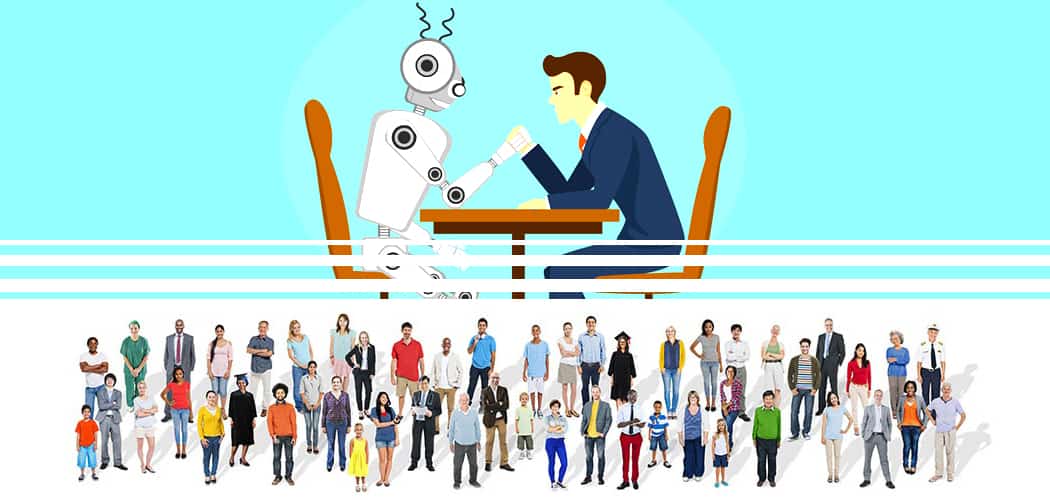Machine translation has been around for a very long time. In many international localization and translation conferences dating as far back as 1996 and that’s more than 20 years ago, there has been technologist touting the demise of human translators. Yet, after years of advocating this “take-over”, human translators remain the staple in most multilingual communication requirements globally. Has it changed recently? Has the “human territory” been eroding?
The new normal these days, is that advances in technology has made many jobs obsolete. Could translation be the next in line? Can human and machine co-exist? What does that mean to the language industry as a whole?
Over the years, technological advances in Artificial Intelligence have hastened the pace of evolution of Machine Translation so much so that it has been touted as the replacement for human translators. Many in the IT world have warned of the pending “demise” of human translators, suggesting that in order for human translators to be relevant in the future, they have to be willing to work alongside technology or parish into oblivion. This means surrendering to the fact that machine will do the bulk of the translation work while human translators be relegated to the role of reviser/editor.
So, is it true that the recent advances in Artificial Intelligence being more sophisticated and reliable can replace the more expensive human translators thus offering a faster, cheaper, more consistent and accurate option? Is it a bad thing for human translators?
In many other industries, AI has “nearly” fully taken over some of the more repetitive tasks and jobs that are more dependent on set-rules where AI can perform much faster and more accurately than human.
These recent successes in the development of machine translation has been seen by many outside the translation industry as a huge advancement and that human translators and thus the language industry will be “annihilated”.
Hold on. Let’s not jump into conclusion so early in the discussion.
While we cannot deny that AI has consistently been replacing human in many areas, but when it comes to translation, the human brain is by far the best technology that is available. Human translators still out perform AI in the following scenarios:
Language is subjective
While machine translation excels in objective reality, language is subjective. Similarly, translation is subjective. Even with a well translated sentence, there are already varying opinions as to whether it is good enough. When it comes to languages, human has the final say as to what is “natural” and what is not. No amount of technology can tell the end-users, in this case, us aka human, that the translation is excellent if we deemed it bad.
Humour
Many knows that this is intrinsically a human trait that machines cannot replicate. Things like puns, jokes, innuendoes are not objective data that can be analysed and reproduced.
Trust or the lack of it
Despite all the praises for AI translation, if you ask purchasers of translation if they have replaced their human translation vendors with machine translations, their reply would be a resounding “NO”. While recent development of neural translation machines learning to leverage massive corpora of translated materials that can be used to translate similar content in the future, the truth is that, many translations requirement are much more specific in terms of context and discipline. These functions are best addressed with the deployment of human translators coupled with Translation Memories rather than relying wholly on machines.
Irony of Globalization: The prevalence of Localization
As the world becomes more global, the opposite actually happens. You see more countries asserting their identity be it race, culture or religion. This assertion is done with the help of their own languages. Thus, the number of languages that can be translated is increasing. With these new lesser translated languages, there are lesser training data available, making automation harder. The prevalence of localization also means an increase in the different document types to be translated. With these variety of document types, there exists special treatment, special tone, sentence structure, terminologies, lingos etc in order for them to be fit for its purpose, a requirement explicitly stated in most translation standards.
While we are of the opinion that machine translation will not replace human translation in the near future, we cannot be blind to the fact that rapid machine translation improvement with major global players investing heap-loads of money in it, will get better. Much better. It could even reach a point where it will become “good enough” for most people.
Instead of going against the flow and making the future transition a tough one, a collaborative stance should be taken, not as a surrender to technology but more of an effort to improve and increase the effectiveness and productivity of translation to facilitate multilingual communication for the future.

